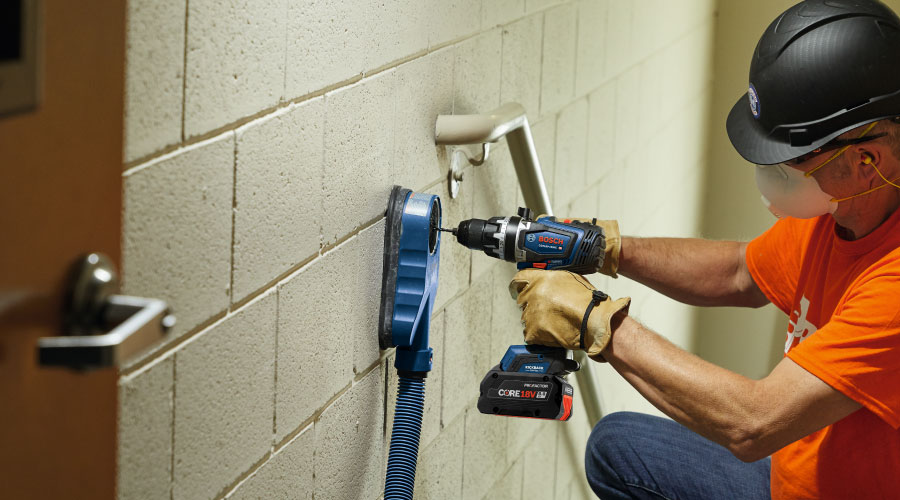Energy-Efficient Motors: Are They Worth the Cost?
The extra cost of an energy-efficient motor is often quickly repaid in energy savings. Each point of improved motor efficiency can save significant amounts of money each year. In typical industrial applications, energy-efficient motors are cost-effective when they operate more than 4,000 hours a year, given a two-year simple payback criterion.
For example, with an energy cost of $0.04 per kilowatt-hour (kWh), a single point of efficiency gain for a continuously operating 50-hp motor with a 75 percent load factor saves 4,079 kWh, or $163 annually. So an energy-efficient motor that offers four points of efficiency gain can cost up to $1,304 more than a standard model and still meet a two-year simple payback criterion. A utility rebate program would further enhance the benefits of an energy-efficient motor.
When possible, managers should obtain actual price quotes from motor distributors to calculate simple paybacks. Motors rarely sell at full list price. Managers typically can get a 20-60 percent discount from vendors, with specific prices depending on the distributor’s pricing policies, the number and type of motors purchased, and fluctuations in the motor market.
Related Topics:















